For some years now Wong Kais has been discovering Achatina fulica, the African Land Snail chomping on his letters in the letter box. Some letters were partially eaten within a few hours of being dropped into the letter box while letters left for a few days have been chewed up at very strategic locations. Luckily for him most of the illegible letters are merely advertisements for house services.
He picks off snails from inside the letter box and on the concrete pillar of the letter box every few days. Occasionally he finds up to 3 snails of different sizes indulging communally on a letter gourmet. Every so often he cleans up their poo strings in the letter box.
Wong Kais is diligent in picking off snails in the garden: on banana tree trunks, crawling on the grass, hiding on the sides of flower pots which are in the cool shady areas and those sleeping amongst the chives. He has placed crushed egg shells in the vegetable bed to deter the hungry molluscs from eating the few stalks of vegetables he grows. He heard that water melon rinds can be used as snail baits but the rinds were found clean and uneaten in the letter box. He wonders if the snails have genetic memory of the nutritional goodness found in printed matter and envelopes.
Thoughts of eating up the molluscs to solve this icky problem has flickered in his mind but his wife is not eager to touch them. His counter-point that the much prized abalones so ubiquitous during Chinese New Year is also a snail (marine snail, Family Haliotidae) has not convinced her to experiment on the idea. Read the links quoted in the references list for her rebuttal. After all, the gong gong snail (pearl conch snail, Strombus turturella) so popular with Singaporeans has never featured on his dining table.
Readers who decide to dine on this common snail are welcomed to share their culinary highlights in our comments section. Just a gentle reminder: the snails carry parasites. Read this link about schistosomiasis/bilharzia caused by parasitic worms which use a fresh water snail as one of its vector hosts and this excellent educational video link about the parasitic worm that infects land snails.
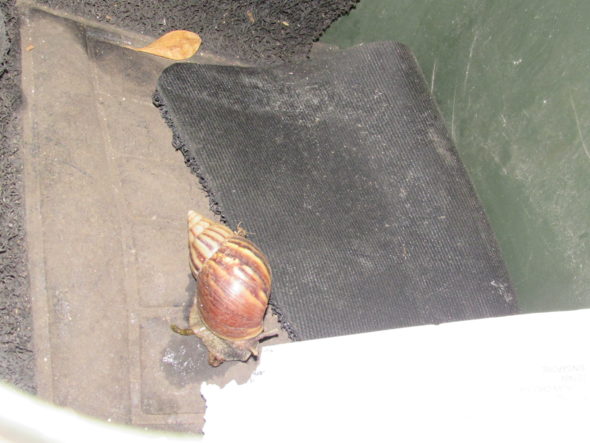
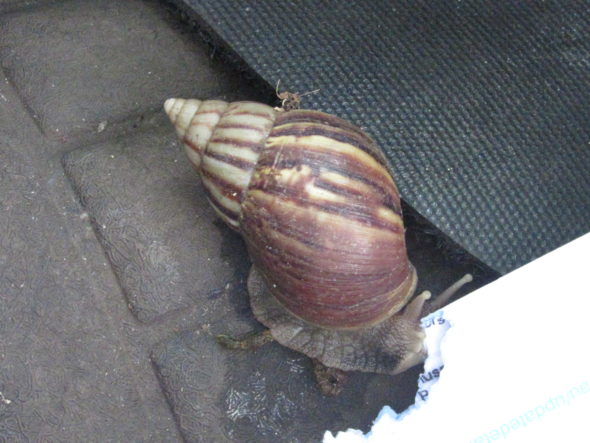
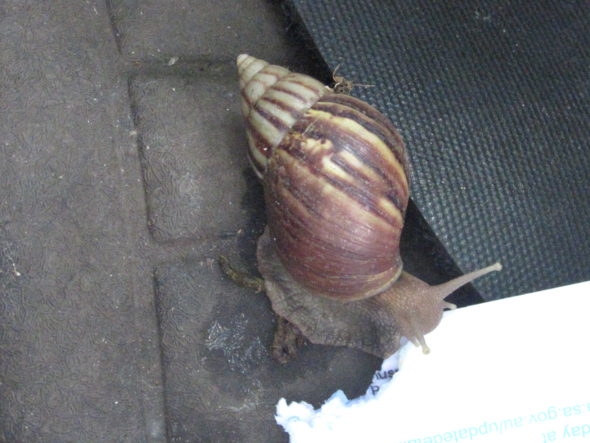
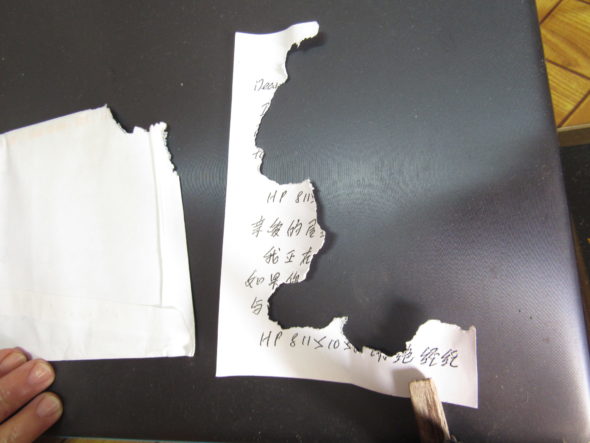
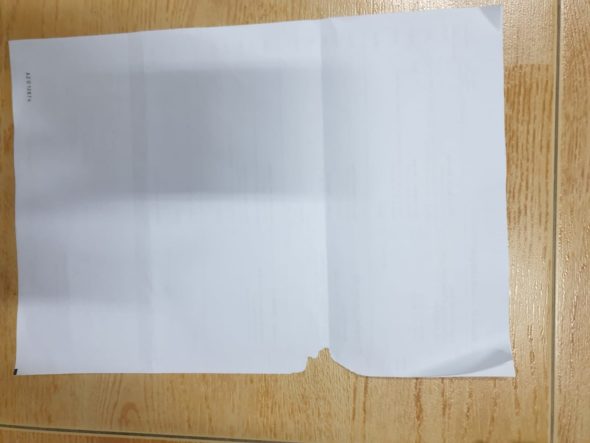

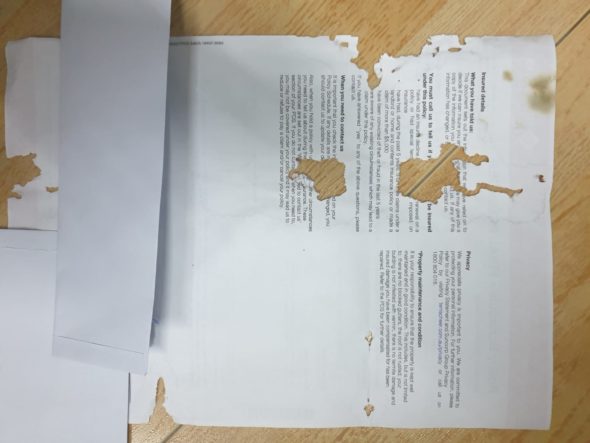
All photographs © Wong Kais.
Article authored by Teo Lee Wei.
References:
- https://guide.michelin.com/sg/en/article/dining-in/ingredient-snails
- https://tendergardener.com/how-to-get-rid-of-slugs-and-snails/
- https://www.washingtonpost.com/sports/2018/11/05/young-rugby-player-ate-slug-mates-dare-now-hes-dead/
- https://besgroup.org/2014/01/11/giant-african-snails-mating/
Note to readers: If you like this post please tap on the Like button at the left bottom of page.








